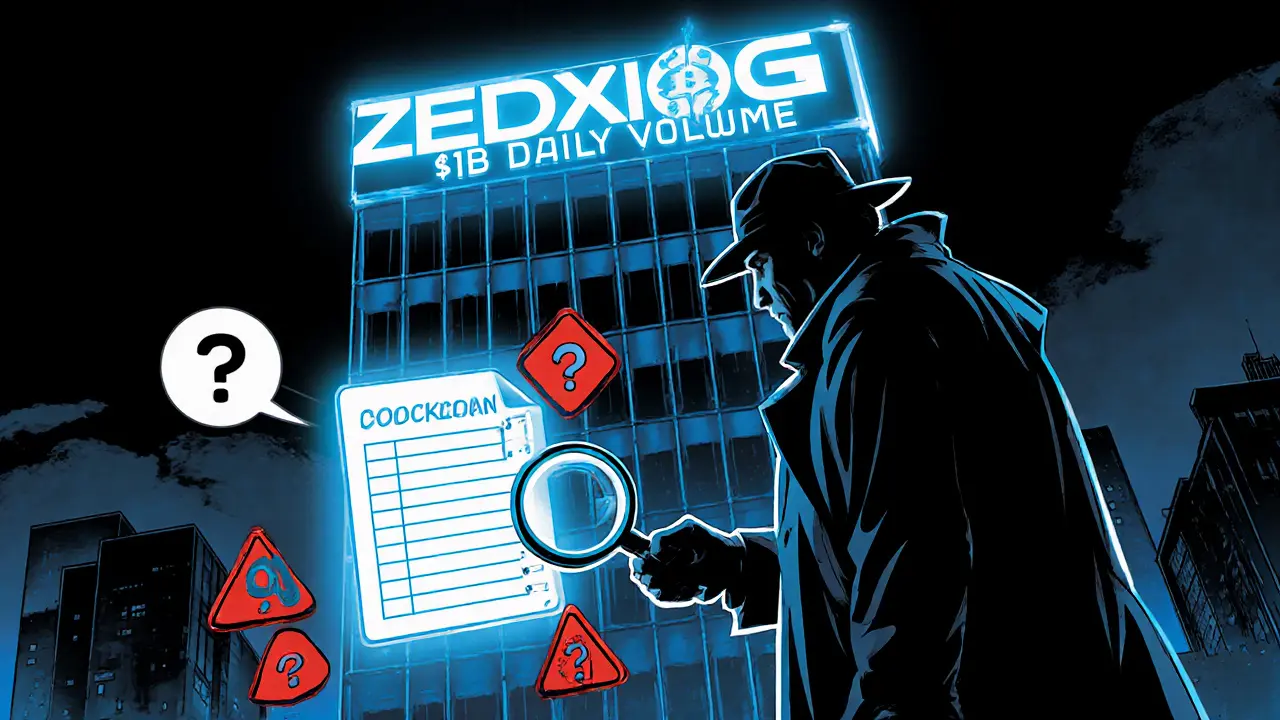Zedxion Exchange Review
When evaluating Zedxion Exchange, a newer crypto trading platform that aims to blend low fees with strong security protocols, you quickly realize that marketing promises hide a lot of detail. Zedxion Exchange review helps cut through the noise by laying out exactly what the platform offers, where it falls short, and how it stacks up against rivals.
The broader category of crypto exchange, any online service that lets users buy, sell, or trade digital assets sets the stage for understanding Zedxion. Most exchanges share core components: order books, wallet integrations, and API access. Zedxion inherits these basics but adds a proprietary matching engine that claims sub‑millisecond latency. That claim matters because speed directly influences trade execution quality—a key factor for day traders and arbitrage bots alike.
Security is the next pillar. In the world of digital finance, regulatory compliance, the adherence to legal standards like KYC, AML, and local licensing often determines how rigorously an exchange protects user assets. Zedxion claims to be compliant with the major jurisdictions it serves, holding a Malta‑based licence and implementing multi‑factor authentication, cold‑storage for the majority of funds, and daily penetration testing. These measures create a safety net that reduces the risk of hacks—a critical concern after high‑profile exits like Thodex and other scams.
Fees are a tangible metric you can compare instantly. Zedxion advertises a maker‑taker model starting at 0.05% for makers and 0.1% for takers, with volume‑based discounts that kick in after $500,000 monthly turnover. By contrast, some larger platforms charge flat 0.2% regardless of volume, which can erode profits for high‑frequency traders. Understanding this fee structure lets you calculate break‑even points for your typical trade size and decide if the platform’s cost advantage justifies switching.
User experience also plays a quiet but powerful role. The interface is built on a modular design that separates market data, order entry, and account management into distinct panes. This modularity mirrors the concept of a modular blockchain—different layers handle consensus, execution, and settlement independently, boosting both speed and reliability. For a trader, that means faster chart updates, less UI lag, and smoother navigation across spot, futures, and margin sections.
Liquidity determines whether you can enter or exit positions without slippage. Zedxion partners with several market‑making firms and integrates with cross‑chain liquidity pools, pulling depth from Ethereum, Binance Smart Chain, and even layer‑2 solutions like Optimism. The result is tighter spreads on popular pairs such as BTC/USDT and ETH/USDT, while more niche tokens may still suffer higher spreads. Knowing which pairs enjoy deep liquidity helps you plan strategies—whether you’re scaling into a position or exiting quickly after a swing trade.
What to Look for in an Exchange Review
Every exchange review should answer three core questions: Does it protect your funds, does it cost less than alternatives, and does it deliver the tools you need for your trading style? Zedxion scores well on security and fees, but its feature set leans toward intermediate traders who appreciate API depth and modular UI. Beginners might find the learning curve steeper than on more guided platforms, while seasoned pros will appreciate the low latency and volume discounts.
Below you’ll find a curated set of articles that dig deeper into these themes—ranging from detailed security audits and fee breakdowns to regulatory outlooks and comparative analyses with other regional exchanges. Use them to build a full picture of whether Zedxion fits your crypto journey, and to discover actionable tips that you can apply right away.

